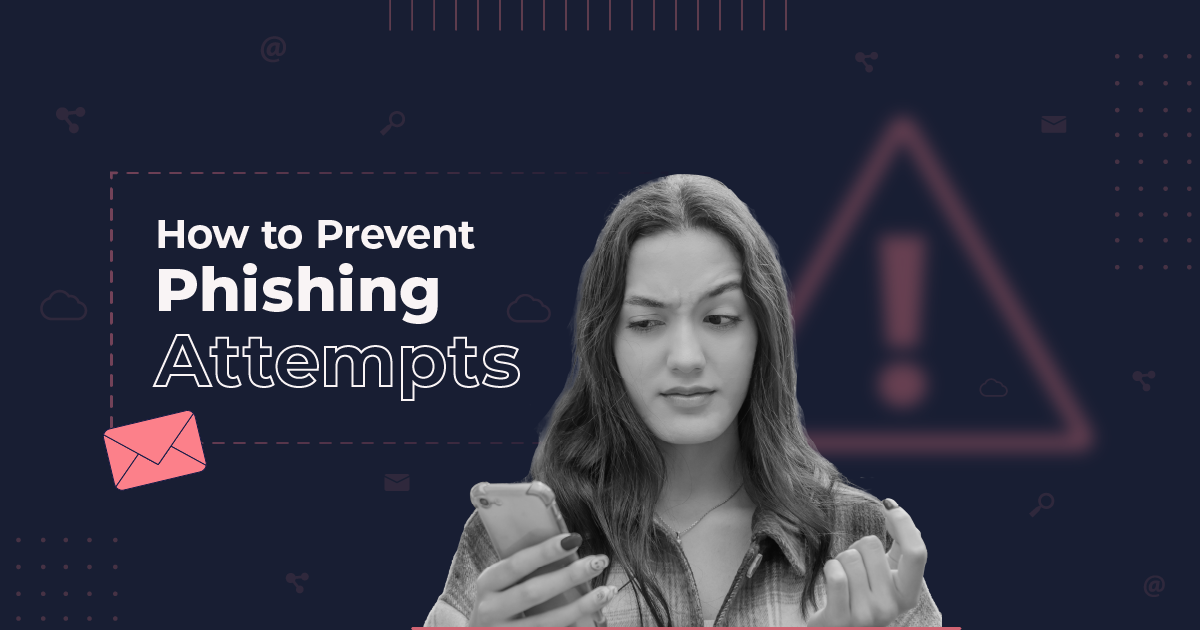
Microsoft Joins Gmail & Yahoo: New Requirements for High-Volume Senders [May 2025]
In a major step toward a safer and more reliable email ecosystem, Microsoft Outlook.com (including hotmail.com, live.com, and outlook.com addresses) is joining Gmail and Yahoo in enforcing stricter requirements for bulk senders.
Starting May 5, 2025, Microsoft will begin requiring email authentication and enhanced sender hygiene for domains sending over 5,000 emails per day. If you’re a high-volume sender, it’s time to prepare.
Here’s what you need to know before the implementation.
Mandatory Email Authentication
To improve inbox protection and reduce spam, phishing, and spoofing, Microsoft will require the following for high-volume senders:
- SPF (Sender Policy Framework): Your SPF record must authorize the IP addresses sent on behalf of your domain. It must pass.
- DKIM (DomainKeys Identified Mail): Your emails must be cryptographically signed using DKIM and pass the check.
- DMARC (Domain-based Message Authentication, Reporting & Conformance): Your domain must publish a DMARC record with at least a p=none policy. DMARC must align with SPF or DKIM (ideally both).
Non-compliant messages will be routed to Junk starting in May and eventually may be rejected.
Microsoft Recommendations for Email Deliverability
Authentication alone isn’t enough. Microsoft also recommends the following to ensure trust and deliverability:
- Valid “From” or “Reply-To” addresses that can receive replies – MX record is crucial.
- Visible, functional unsubscribe links in all bulk or marketing emails.
- List hygiene & bounce management to remove invalid and inactive emails regularly.
- Transparent sending practices, including honest subject lines and consent-based mailing.
Remember that Outlook reserves the right to filter or block emails from senders who do not follow these practices.
What You Should Do Today
Email deliverability can make or break your campaigns. Before you hit send, make sure your setup is solid by following these best practices:
- Check your domain’s SPF, DKIM, and DMARC records.
- Verify proper alignment with your “From” domain.
- Ensure unsubscribe links are functional and visible.
- Clean your list regularly to remove not only inactive recipients but bounced ones, too.
- Coordinate with your ESP or email platform to ensure compliance
Even if you’re using a third-party sender like Moosend, these records must be configured on your domain’s DNS.
Moosend is Here to Help
As a Moosend customer, you don’t have to go it alone. We’ve got your back with step-by-step guides for setting up SPF, DKIM, and DMARC, plus real-time authentication monitoring to keep things running smoothly, plus a free DMARC validator tool. Our deliverability consulting is also here to help protect your sender’s reputation.
The best part? If you’ve been with us since 2021, you’re already covered. We enforced these best practices platform-wide before the industry changes hit because we saw it coming.




